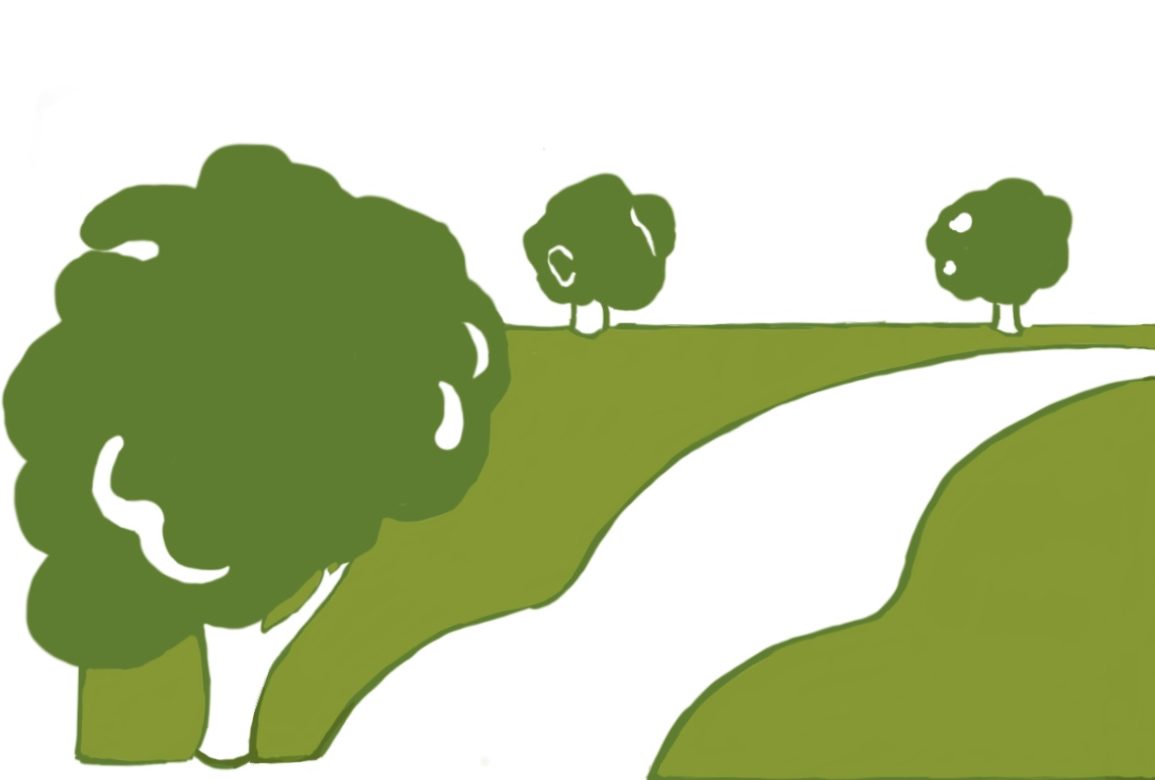There are more deer in Britain today than at any time in the last 1,000 years
according to a 2018 Countryfile programme. The population was put at two million,
whilst the Deer Initiative says that numbers have doubled since 1999. What is clear
is that the population and range of the three species commonly found in lowland
England, the fallow, roe and muntjac, have expanded exponentially over recent
decades.
As man exterminated the apex predators, the wolf, the bear and the lynx,
centuries ago, there is nothing to limit numbers other than a lack of food or habitat
and the action of man himself. As prey species, deer have evolved a high
reproduction rate to allow for predation so, in the absence of predators, numbers can
grow rapidly. In this part of the country, the fecundity rate of roe may be 140% and it
is said that a herd of 100 will become 1,000 in ten years without control by man.
The position has become worse over the past few months of coronavirus
restrictions. 80% of venison goes into restaurants and the hospitality sector so their
closure during lockdown has caused the venison market to collapse. Unable to sell
the carcasses, most deer managers have culled fewer animals, if any at all. That is
significant as the Deer Initiative in 2004 suggested that 350,000 deer are culled each
year.
Deer can cause significant damage to woodland and farm crops. In woodland
they browse young trees and saplings, with fallow, the largest, taking the taller
growth, then roe with muntjac eating the ground flora. This makes regeneration after
felling or coppicing extremely difficult as tree guards cannot be used unless saplings
are planted. Each year, bucks shed their antlers and the new growth is covered in a
protective layer of velvet. This can irritate so they rub against young trees to remove
it, causing fraying. They can also strip the bark from older trees. The Scottish
Forestry Commission estimate this damage cost some £4.5 million each year in lost
production. It also has a massive knock-on effect on other wildlife which is deprived
of its natural habitat.
The damage to farm crops is variable. Deer may graze plants as well as
trampling and lying on crops. Fallow have been reported to eat the pods of field
beans for moisture in high summer. The damage may be limited, less for example
than rabbits, hares, pigeons, pheasants or partridge, but that average ignores the
extremes. Unlike roe and muntjac, fallow are a herding species and may gather
together in huge groups, even up to a hundred, and a herd that size in an arable
crop can cause significant damage. Defra puts the overall damage caused to farm
crops by deer as £4.3 million each year.
The other direct impact of large deer populations is road traffic accidents. The
RSPCA estimate that there are 74,000 accidents a year causing ten to twenty
human deaths and 400 to 700 injuries. The deer suffer worse with an estimated
42,000 killed each year. Once again, the fencing to keep deer off major roads would
be prohibitively expensive and simply not practicable on minor roads.
The population of deer also needs to be managed for the benefit of the
animals themselves. There is a carrying capacity of any area of land, that is the
maximum number that can exist without degradation of the habitat or threat to the
welfare of the deer. The tolerated capacity also has to be considered, the number of
animals the landowner is prepared to tolerate. That figure will be a lot lower for
those whose primary interest is timber production such as the Forestry Commission.
Controlling the deer population is not as simple as shooting the animals. First
there has to be an audit to give an idea of the species present on the land, their
approximate numbers, age and gender. Then, having taken into account the
objectives of achieving and maintaining a sustainable population, a deer
management plan can be drawn up. The cull programme should follow what would
happen in the wild if there were still predators, which means that it is the old, the
weak and vulnerable that should be taken. Natural neonatal death is around 25%
but more of the young need to be culled along with the old, leaving most of the
middle aged.
Those who pay for stalking may prefer to shoot males, especially those with a
trophy head of antlers. But, if the aim is a sustainable population, then more does
need to be culled as it is the females that give birth. They are taken in the winter
months to avoid killing the heavily pregnant or mothers with dependent young, but
that brings the problem of shorter days and the potential clash with the pheasant
shooting season.
I am sure that most of us love to see deer in the countryside but not at the
expense of other wildlife species. Many of us also enjoy venison, an extremely
healthy meat. Now that the hospitality sector is open once again, we must hope for
a rapid increase in the demand for venison so that culling will resume to achieve
sustainable populations. Even so, it will not be until next winter that the expansion of
does can be addressed.

